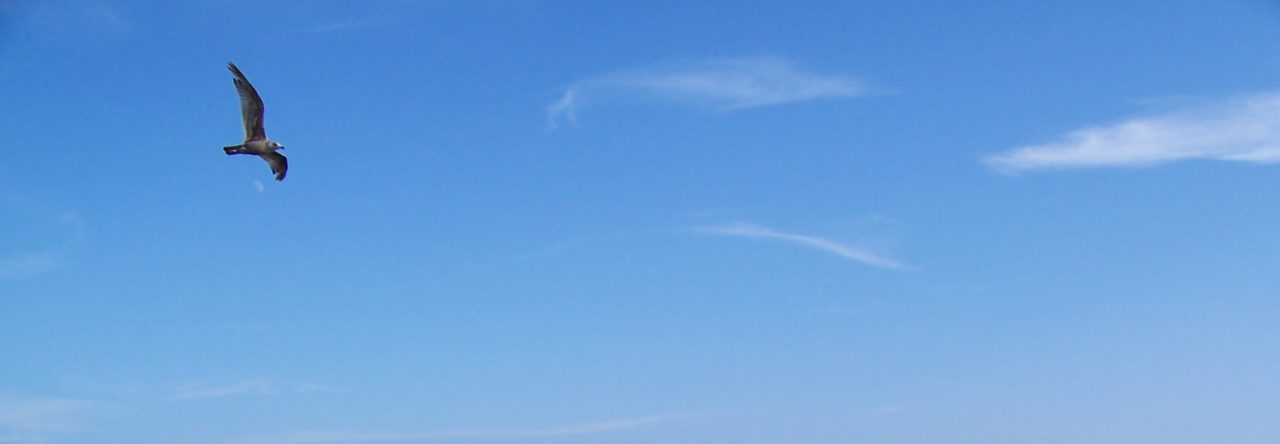
Roman Forum
This fall, for my first trip to Italy, I took a Road Scholar tour to Rome, Florence, and Venice. I typically travel on my own, but I wanted to focus on the art and the architecture, and I knew I didn’t have enough background to do it justice. To have experts leading the tours and giving us the background on what we were seeing was amazing.
In Rome, we stayed at the Hotel Tiziano. What a great location! No more than a 30-minute walk to most of the places we wanted to see, but right on the bus line and a block from the taxi stand if you wanted to ride. There were also plenty of great restaurants in the area, as well as small grocery stores and other shops. The hotel has an old world feel, but with everything we needed.
Our first stop was the Colosseum and the Forum. As we approached the Colosseum, I was overwhelmed by the sense of history that was everywhere we went in Rome, and especially this site which was an important part of Roman life. Walking around the site, with the help of our terrific tour guide, I could imagine the activities (many horribly gruesome) that were held there. But I also marveled at the advancement of the construction from the series of elevators that carried animals from the underground areas to the main arena, to running water toilets, and the areas for food and other concessions.

Colosseum

Interior of the Colosseum. See the remains of the elevator shafts in the center.
Between the Colosseum and the Forum is the Arch of Constantine, one of three surviving arches on the site commemorating significant military victories. The carvings on these arches is amazing especially considering the Arch was erected in 315 CE.

Arch of Constantine
The Forum was much larger than I thought it would be. There are ruins of many building and meeting areas. I can see that it was the epicenter of Roman lives at the time with areas for a marketplace, government offices, political events, and many other aspects of Roman history.

Roman Forum from the Capitoline Museum

Roman Forum from the Capitoline Museum
Adjacent to the Roman Forum is the Capitoline Museum. The collection dates back to 1471 and the focus of the exhibits are sculptures and other art closely linked to the city of Rome. The first picture is the Statue of the Capitoline Gaul which depicts a wounded Gaul in the last moments before succumbing to his wounds. This is a very moving piece that is so different from the typical victorious and triumphant soldier. The Great Hall (second picture) contains a number of works of Greek sculptures. The ancient Romans had a great fascination with Greek art and many Roman artists incorporated Greek styles into their own works. Finally, the third picture shows busts of the ancient Roman and Greek philosophers.

The Capitoline Gaul – Capitoline Museum

Great Hall – Capitoline Museum

Hall of the Philosophers – Capitoline Museum
The Borghese Gallery, adjacent to the Villa Borghese and its beautiful grounds that are now a park, is a must see. It is the gallery of Cardinal Scipione Borghese (nephew of Pope Paul V) that was collected in the fifteen and sixteen hundreds. It highlights works from Caravaggio and Bernini, with works from other renowned artists to include Tiziano, Raphael, Rubens, Botticelli, and Canovas. Some of my favorites were David, Apollo and Daphne, Rape of Proserpina, and Aeneas, Anchises and Ascanius, all by Bernini.

David – by Bernini -1623-24

Apollo and Daphne – by Bernini – 1622-25

Rape of Proserpina – by Bernini – 1621-22

Aeneas, Anchises, and Ascanius – by Bernini – 1619
See Rome – Part 2 for the Vatican Museum, Sistine Chapel, St. Peters Basilica, and Local Sites.
